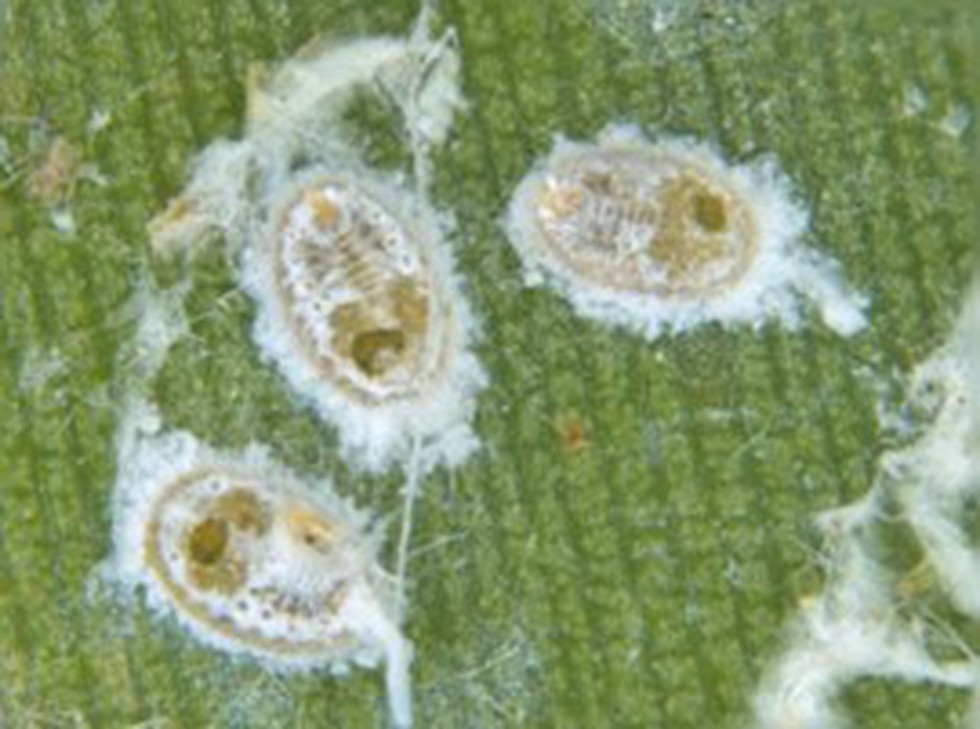
About Whitefly:
- These are winged insects that have soft bodies and are closely related to aphids.
- These are tiny, sap-sucking insects that may become abundant in vegetable and ornamental plantings, especially during warm weather.
- It is naturally distributed in Belize, Guatemala, and Mexico (Martin, 2008), and subsequently, it has spread to 22 other countries in Central and South America.
- It mainly infests coconut palms and other broad-leaved hosts in its native range
- It is an invasive insect.
How the insect attacks
- The whitefly starts attacking the lower leaves of the coconut palm.
- It drains the sap from the underside of the leaf, producing a significant amount of honeydew, which settles on the upper surface of the next lower leaf, leading to the growth of black, sooty mould.
- This is the secondary infection from the whitefly infestation.
- It has a serious impact on the production of coconut.
- Not only does it reduce the size of the coconut, but it also decreases the coconut’s water content.

About the World Competitiveness Index:
- The IMD World Competitiveness Yearbook (WCY), was first published in 1989.
- It is a comprehensive annual report and worldwide reference point on the competitiveness of countries.
- It analyses and ranks countries according to how they manage their competencies to achieve long-term value creation.
- It is based on 336 competitiveness criteria and four factors, namely Economic performance, Government efficiency, Business efficiency, and Infrastructure.
Key Points of the Index
- Denmark, Ireland, and Switzerland have been named the top three among 64 economies measured for their global competitiveness.
- India fell three rungs to finish 40th but is still in a better position than it was between 2019-2021 when it was placed 43rd three years in a row.
- India improved in government efficiency but fared slightly poorer than other countries in business efficiency, infrastructure, and economic performance.
- Specifically, the top three measures that helped India in its score are exchange rate stability, compensation levels, and improvements in pollution control.
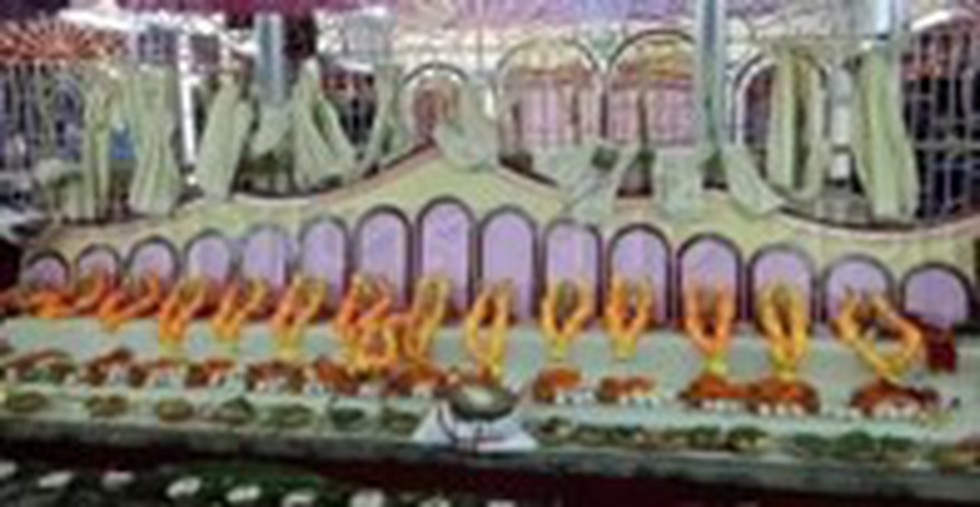
About Kharchi Puja:
- It is one of the main festivals of Tripura.
- It is performed during the months of July-August on the eighth day of the new moon.
- The meaning of Kharchi can be understood by splitting the word into two Tripuri words “Khar” or Kharta meaning sin and “Chi” or si meaning cleaning. Hence it signifies the cleansing of our sins.
- It occurs during the month of ‘Ashad’ on the ‘Shukla Ashtami’ day.
- The fourteen Gods are worshipped by the Royal priest, ‘Chantai.
- It lasts for seven days, and it takes place at old Agartala in the Fourteen Gods temple known as the ‘Chaturdasha Devata’ temple premises.
- The Kharchi Puja deities do not have a full body; they have only heads which are worshipped.
- On the day of the puja, the fourteen Gods are taken from the temple to the river Saidra by the Chantai members and given bathe with the holy river water, then carried back to the temple.
- This festival's customs are completely related to the authentic Tripuri traditions.

About the NANDI Portal:
- It is developed by the Department of Animal Husbandry and Dairying (DAHD) in collaboration with the Central Drugs Standard Control Organization (CDSCO) through the Centre for Development of Advanced Computing (CDAC).
- Significance of the portal
- It will streamline the regulatory approval process for veterinary products.
- It will enhance transparency and efficiency in assessing and examining proposals for veterinary drugs and vaccines.
- It will be more streamlined through seamless integration with the SUGAM portal of the Central Drugs Standard Control Organization.
- It will promote the well-being of livestock and the livestock industry.
- It will bring about growth and innovation by enabling quick and easy coordination between various Government departments and institutes.
Key Facts about Central Drugs Standard Control Organization
- It is the National Regulatory Authority (NRA) of India for the medical devices industry under the provisions of the Drugs & Cosmetics Rules.
- It works under the Ministry of Health & Family Welfare.
- Drugs Controller General of India (DCGI) is the head of the CDSCO.
- Headquarters: New Delhi.
- Under the Drugs and Cosmetics Act, CDSCO is responsible for,
- Approval of New Drugs;
- Conduct Clinical Trials;
- Laying down the standards for Drugs;
- Control over the quality of imported Drugs in the country;
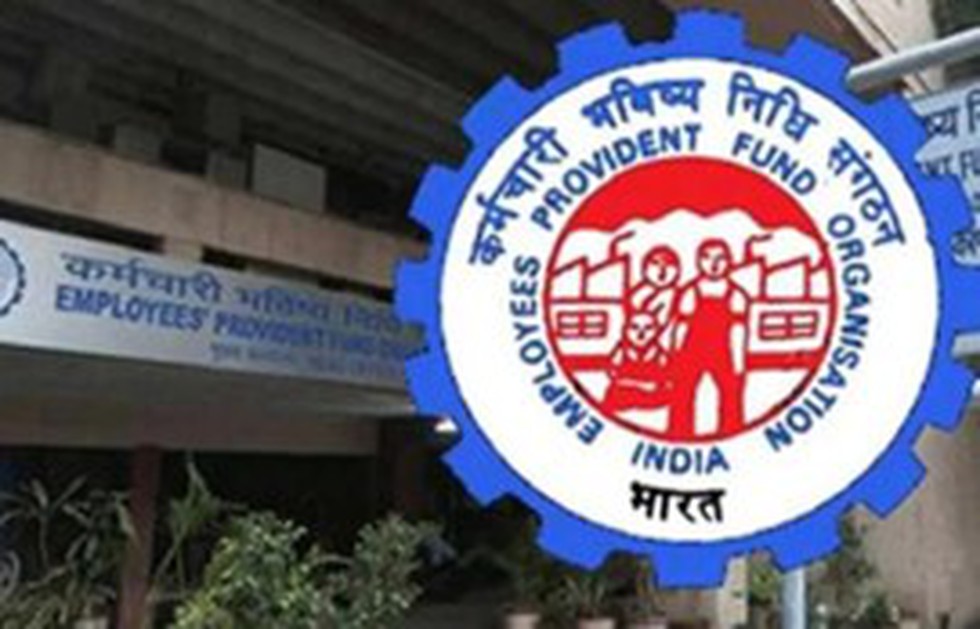
About Employees’ Provident Fund Organisation (EPFO)
- It is a statutory bodythat came into existence under the Employees’ Provident Fund and Miscellaneous Provisions Act, of 1952.
- The Act and Schemes framed there under are administered by a tripartite Board known as the Central Board of Trustees, Employees' Provident Fund, consisting of representatives of Government (Both Central and State), Employers, and Employees.
- The Board administers a contributory provident fund, a pension scheme, and an insurance scheme for the workforce engaged in the organized sector in India.
- It is one of the world’s largest organizations in terms of clientele and the volume of financial transactions undertaken by it.
- The Board is assisted by the Employees’ PF Organization (EPFO), consisting of offices at 122 locations across the country.
- The EPFO is under the administrative control of the Ministry of Labour and Employment, Government of India.
- The Board operates three schemes, namely:
- The Employees' Provident Funds Scheme 1952 (EPF) and its features
- Accumulation plus interest upon retirement and death.
- Partial withdrawals allowed for education, marriage, illness, and house construction.
- Housing scheme for EPFO members to achieve the Prime Minister’s vision of Housing for all by 2022.
- The Employees' Pension Scheme 1995 (EPS) and its features
- The monthly benefit for superannuation/benefit, disability, survivor, widow(er), and children.
- Minimum pension of disablement.
- Past service benefit to participants of the erstwhile Family Pension Scheme, 1971.
- The Employees' Provident Funds Scheme 1952 (EPF) and its features
- The Employees' Deposit Linked Insurance Scheme 1976 (EDLI)
- The benefit is provided in case of the death of an employee who was a member of the scheme at the time of death.
- The benefit amount is 20 times the wages, a maximum benefit of 6 Lakh.
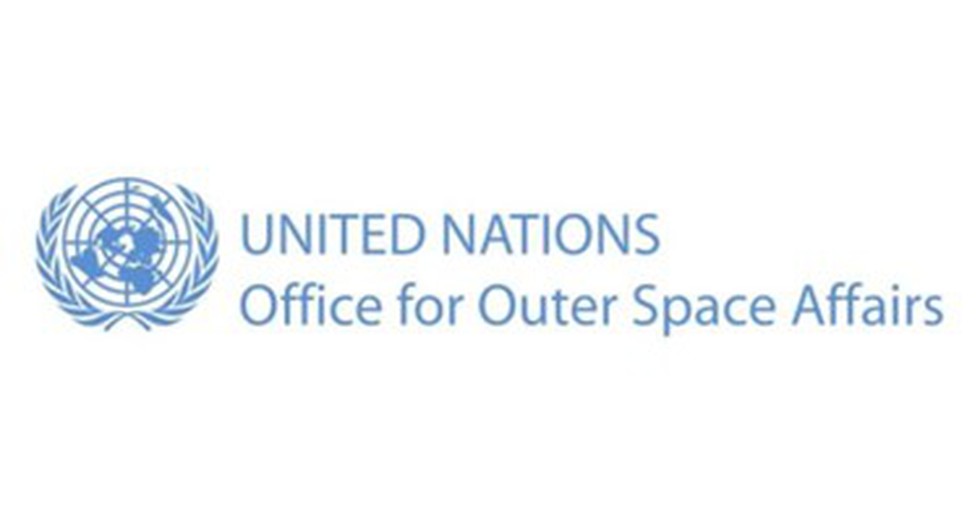
About the United Nations Office for Outer Space Affairs (UNOOSA):
- It is the UN office responsible for promoting international cooperation in the peaceful uses of outer space.
- It forms part of the United Nations Office at Vienna and serves as the Secretariat for the UN General Assembly's only committee dealing exclusively with those issues: the Committee on the Peaceful Uses of Outer Space.
- Functions:
- UNOOSA implements the United Nations Programme on Space Applications (PSA). Under the Programme, UNOOSA conducts training courses, workshops, seminars and other activities on space applications.
- On behalf of the UN Secretary-General, UNOOSA maintains the Register of Objects Launched into Outer Space and disseminates via its website that information recorded in the Register.
- It also prepares and distributes documents, reports, studies and publications on various aspects of space science and technology applications and international space law.
- It works to improve the use of space science and technology for the economic and social development of all countries, particularly developing countries.

About the Digital Publisher Content Grievances Council (DPCGC):
- It is an independent self-regulatory body for Online Curated Content (OCC) providers.
- It was set up under the aegis of Internet and Mobile Association of India (IAMAI).
- DPCGC has been recognised and registered by the Ministry of Information & Broadcasting as Level II Self-Regulatory Body for publishers of OCC providers, under Information Technology (Intermediary Guidelines and Digital Media Ethics Code) Rules, 2021.
- The DPCGC has an Online Curated Content Publishers (OCCP) Council composed of publishers of OCC as members and an independent Grievance Redressal Board [GRB] consisting of a chairperson and six members.
- The GRB will be chaired by a retired Supreme Court/High Court judge, and the members will comprise eminent persons from the media and entertainment industry and experts from various fields, including child rights, minority rights, and media law.
- Functions of GRB:
- It will oversee and ensure the alignment and adherence to the Code of Ethics by the OCCP Council members.
- Provide guidance to entities on the Code of Ethics.
- Address grievances that have not been resolved by the publisher within 15 days.
- Hear grievances/appeals filed by complainants.
- DPCGC, through the GRB aims to usher in a redressal mechanism which will ensure a balance between addressing viewer complaints and showcasing content in free-speech environment without ad-hoc interventions
What is Online Curated Content (OCC) Platforms?
- OCC Platforms are companies that carry on the business which curates and presents a wide variety of content by means of online video-on-demand platforms.
- Amazon Prime, Netflix, Hotstar, Zee5, etc, are examples of OOC Platforms operating in India.
- These platforms operate on the basis of a “pull model”, whereby customers have the choice of viewing content as per their own convenience.
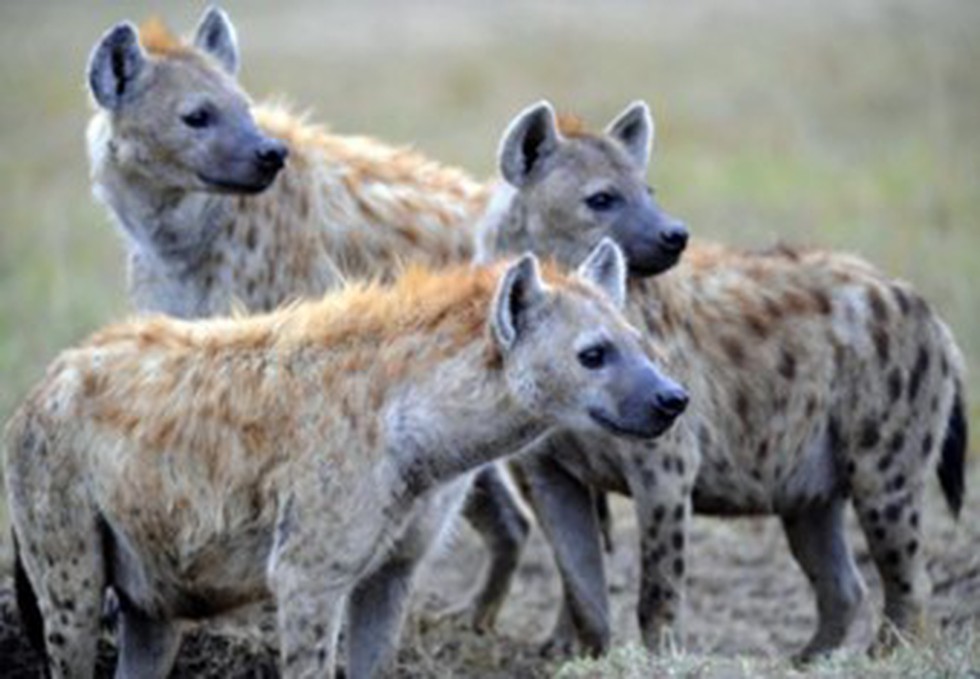
About Hyenas:
- Hyenas are doglike carnivores found in Asia and Africa and are noted for their scavenging habits.
- Family: Hyaenidae
- There are three hyena species — spotted (Crocuta Crocuta), brown (Arahyaena brunnea), and striped (Hyaena hyaena). Spotted hyenas are the largest of the three.
- Habitat: Forest edges, grasslands, savannas, sub-deserts, and even mountains at an elevation of about 13,000 feet.
- Distribution: These animals live throughout Africa, the Middle East, and parts of Asia.
- Features:
- They are four-legged animals with scraggly fur and large ears.
- They have long forelegs and a powerful neck and shoulders for dismembering and carrying prey.
- They are tireless trotters with excellent sight, hearing, and smell for locating carrion, and they are proficient hunters as well.
- All hyenas are more or less nocturnal.
- These animals usually live for about 12 years, but they can live up to 25 years. Brown hyenas, however, typically have shorter lives.
- Conservation Status: According to IUCN, Spotted Hyena populations are of least concern. However, brown and striped hyenas are classified as near threatened.
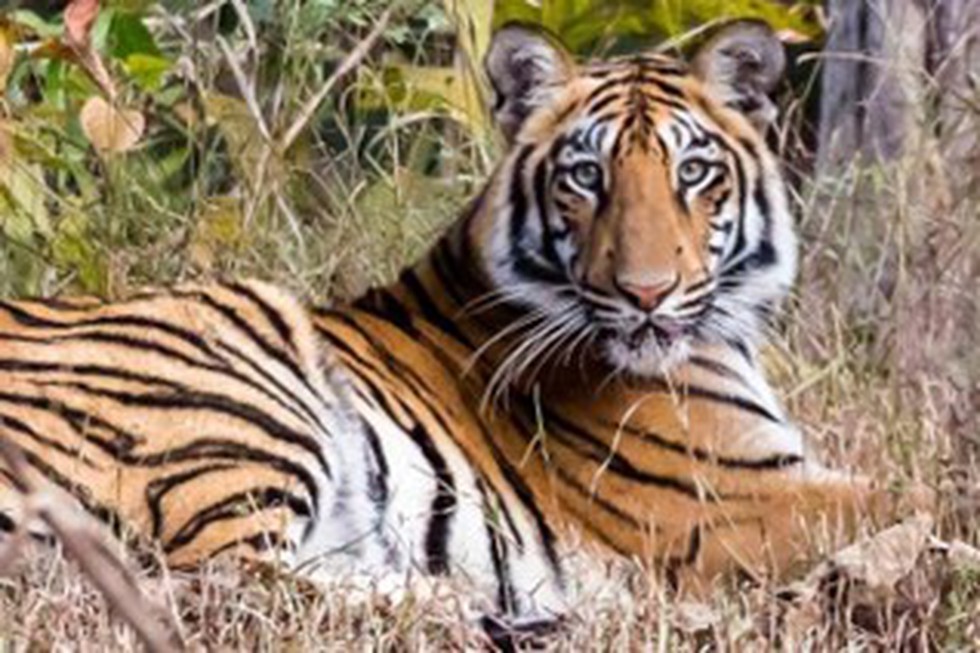
About Tadoba-Andhari Tiger Reserve:
- Location: It is located in the Chandrapur district of Maharashtra.
- The origin of the name "Tadoba" lies with the name of the God "Tadoba" or "Taru", worshiped by the tribes who live in the dense forests of the Tadoba and Andhari regions. While "Andhari" refers to the Andhari River that meanders through the forest.
- The total area of the reserve is 625.4 square kilometers. This includes Tadoba National Park, covering 116.55 sq. KM, and Andhari Wildlife Sanctuary of 508.85 sq. KM.
- Corridor: The reserve has corridor linkages with Nagzira-Navegaon and Pench Tiger Reserves within the State.
- Habitat: Biogeographically, the reserve falls in the Central Plateau Province of the Deccan Peninsula, with tropical dry deciduous forests and a typical Central Indian faunal assemblage.
- Flora:
- Teak is the dominant tree species.
- Other major tree species include Ain, Bamboo, Bija, Dhaoda, Haldu, Salai, Semal and Tendu.
- Along the moist areas, species like Mango, Jamun and Arjun are found.
- Fauna:
- The notable faunal species include tiger, leopard, sloth bear, wild dog, gaur, chital, and sambar.
- As many as 280 species of birds are found, apart from reptiles (54 species), amphibians (11 species) and fishes (84 species).

About Greenwashing:
- What is it? It is the process of conveying a false impression or misleading information about how a company’s products are environmentally sound.
- Greenwashing involves making an unsubstantiated claim to deceive consumers into believing that a company’s products are environmentally friendly or have a greater positive environmental impact than they actually do.
- In addition, greenwashing may occur when a company attempts to emphasize sustainable aspects of a product to overshadow its involvement in environmentally damaging practices.
- Companies can also greenwash initiatives with vague claims that don't provide real data or scientific validation for the claims.
- For example, a car vendor claims that a vehicle is eco-friendly because it is more fuel-efficient, while failing to mention or consider the larger industrial impact of vehicle manufacturing on the environment.
What is the International Sustainability Standards Board (ISSB)?
- It was created in 2021-22 to develop a worldwide standard for sustainability reporting.
- It is part of the independent International Financial Reporting Standards (IFRS) foundation, which also writes accounting rules used in more than 100 countries.
- The mission of the ISSB is to develop—in the public interest—a comprehensive global baseline of high-quality sustainability disclosure standards to meet investors’ information needs.


.png)
.png)
.png)
























































































































































.png)
.png)
.png)
.png)
.png)


.png)
.png)
.png)





.png)
.png)






.png)
.png)
.png)
.png)
.png)
.png)
.png)
.png)
.png)

.png)







.png)
.png)


.png)
.png)
.png)


.png)

.png)
.png)





.jpg)

.png)
.png)


.png)

.png)
.png)
.png)

.jpg)

.jpg)


.png)

.png)
.png)
.png)
.png)
.png)
.png)
.png)
.png)
.png)
.png)




.png)

.png)





.png)
.png)
.png)
.png)
.png)
.png)
.png)
.png)
.png)
.png)
.jpg)
.jpg)

.png)
.png)
.png)
.png)
.png)
.png)
.png)
.png)
.png)
.png)
.png)
.png)
.png)
.png)
.png)
.png)
.png)
.png)
.png)



.png)
.png)

.jpg)
.jpg)


.jpg)
.jpg)
.jpg)
.jpg)
.jpg)

.jpg)








.jpg)
.jpg)
.jpg)
.jpg)
.jpg)

















.jpg)
.jpg)







.jpg)


















.jpg)
.jpg)






























































































.jpg)
.jpg)


























.jpg)

.jpg)










.jpg)








.jpg)




.jpg)










.jpg)


















.jpg)












































.jpg)














.jpg)
.jpg)
.jpg)





.jpg)

.jpg)
.jpg)





































































.jpg)


































.jpg)
.jpg)
















































.jpg)












.jpg)


.jpg)




.jpg)
.jpg)
.jpg)

.jpg)
.jpg)
.jpg)
.jpg)

.jpg)
.jpg)
.jpg)

.jpg)
.jpg)
.jpg)
.jpg)
.jpg)
.jpg)
.jpg)
.jpg)

.jpg)


.jpg)
.jpg)
.jpg)
.jpg)
.jpg)
.jpg)
.jpg)
.jpg)
.jpg)
.jpg)











.jpg)
.jpg)





.jpg)
.jpg)
.jpg)
























.jpg)
























.jpg)









.jpg)
.jpg)







.jpg)
.jpg)









































.jpg)
.jpg)
.jpg)
.jpg)
.jpg)

.jpg)
.jpg)
.jpg)
.jpg)
.jpg)


.jpg)
.jpg)
.jpg)
.jpg)
.jpg)

.jpg)
.jpg)
.jpg)
.jpg)
.jpg)
.jpg)
.jpg)
.jpg)
.jpg)
.jpg)
.png)

.png)
.png)

.png)
.png)
.png)
.png)


.jpg)
.jpg)

.jpg)
.jpg)
.jpg)

.png)
.png)
.png)
.png)
.png)
.png)
.png)

.png)
.png)
.png)
.png)
.png)
.png)
.png)
.png)
.png)
.png)





































































-min.png)



.png)




.png)








































